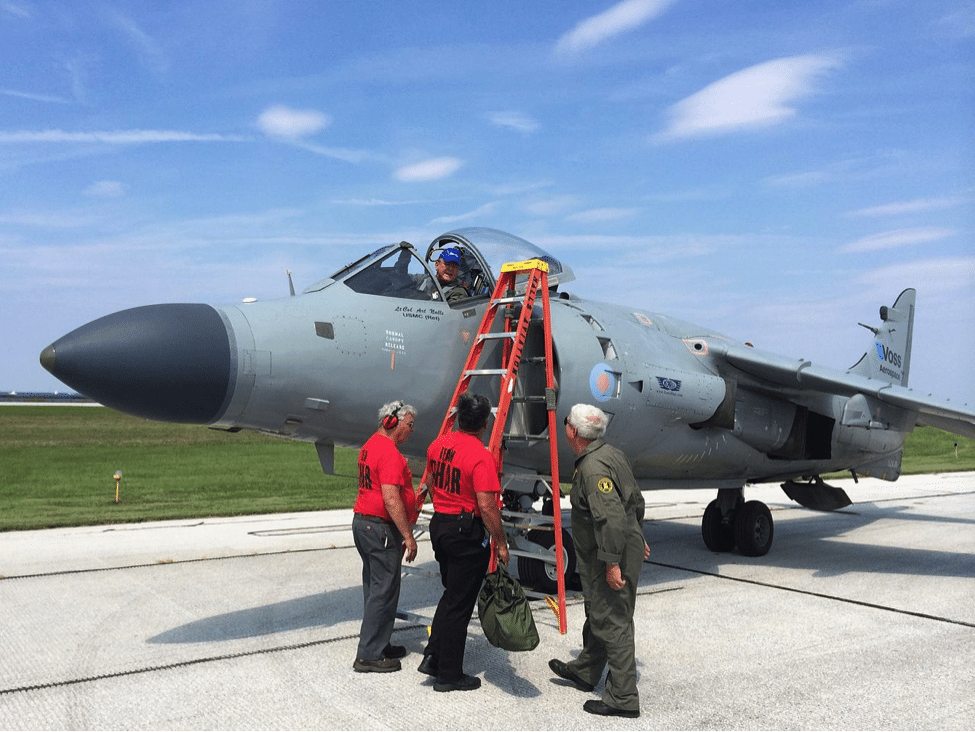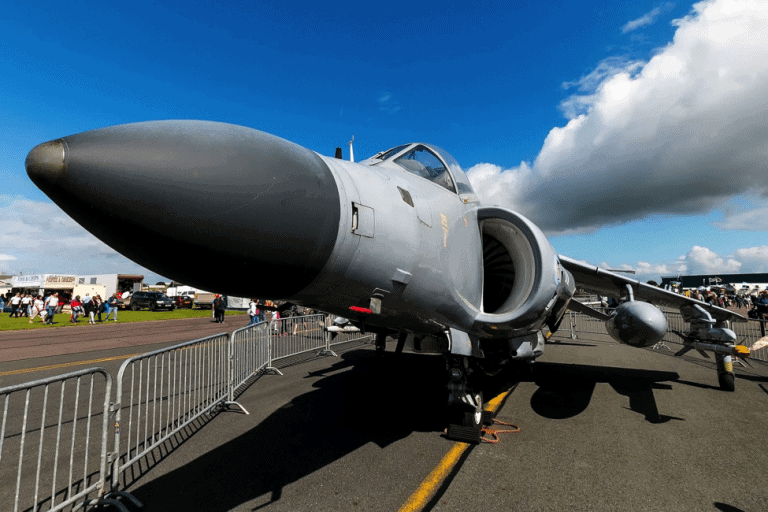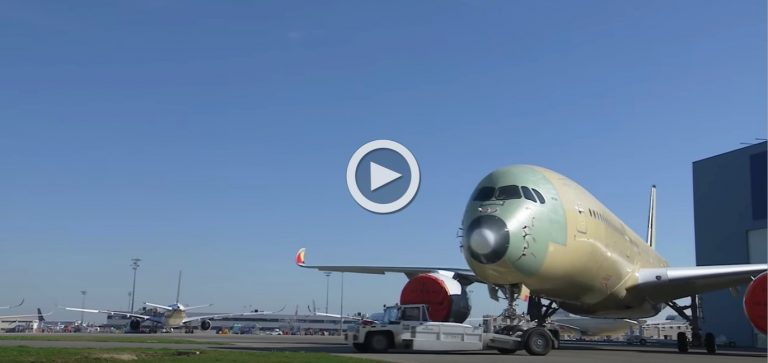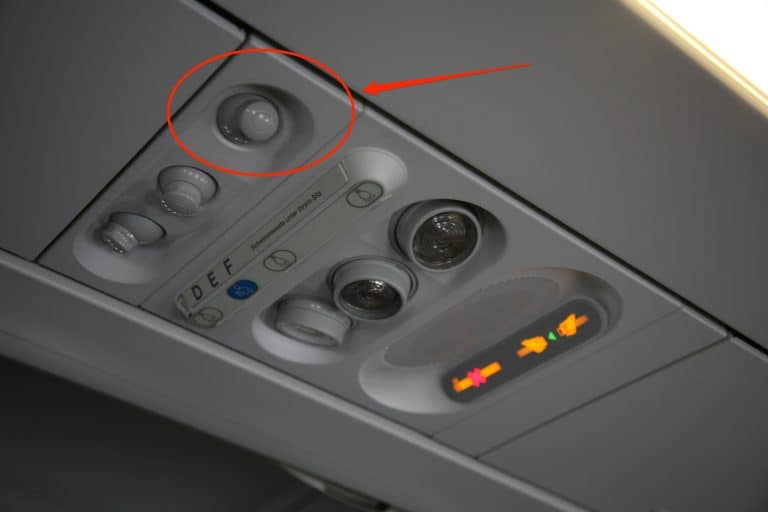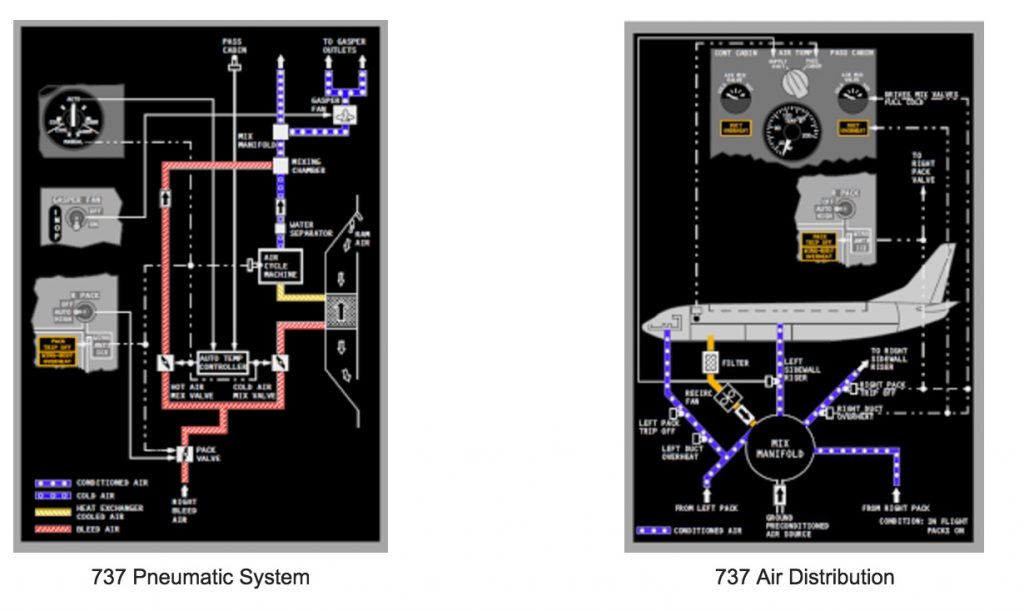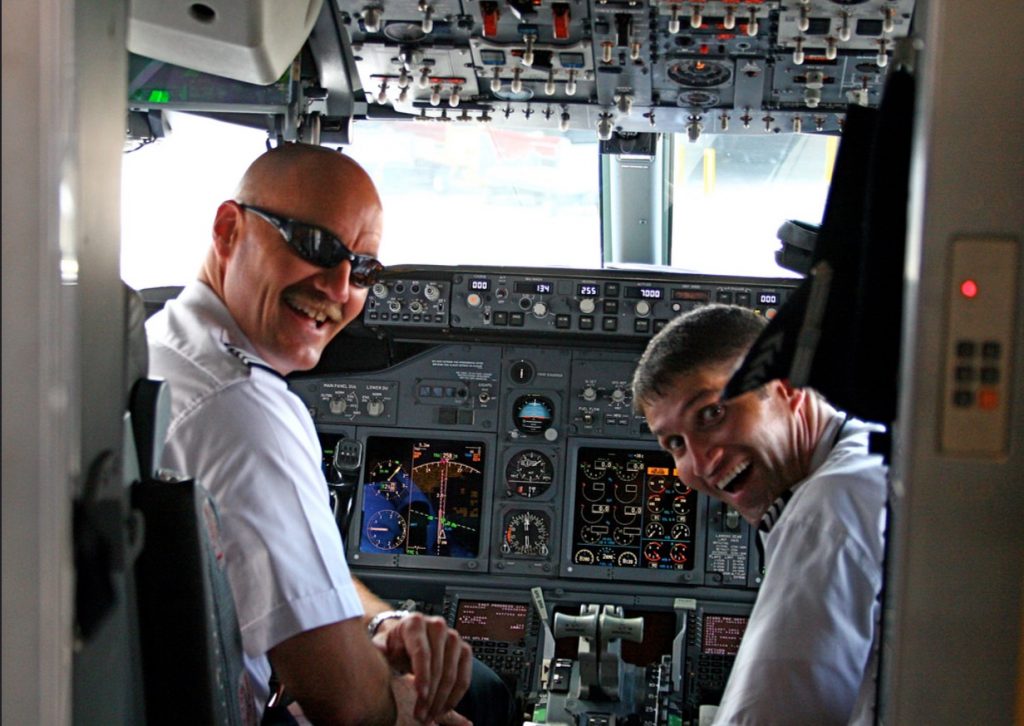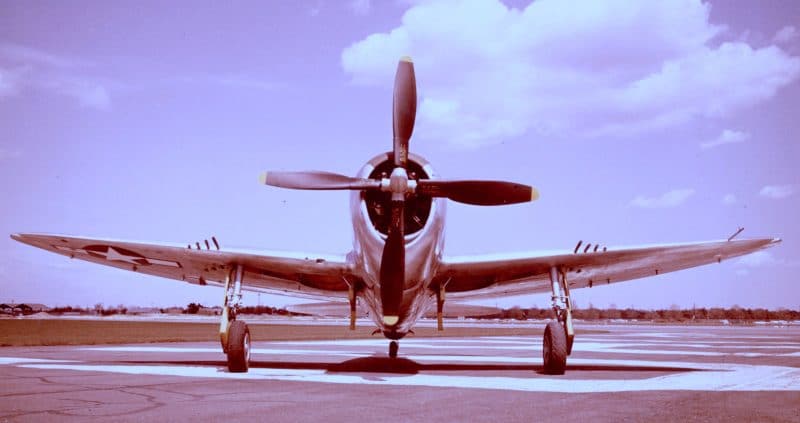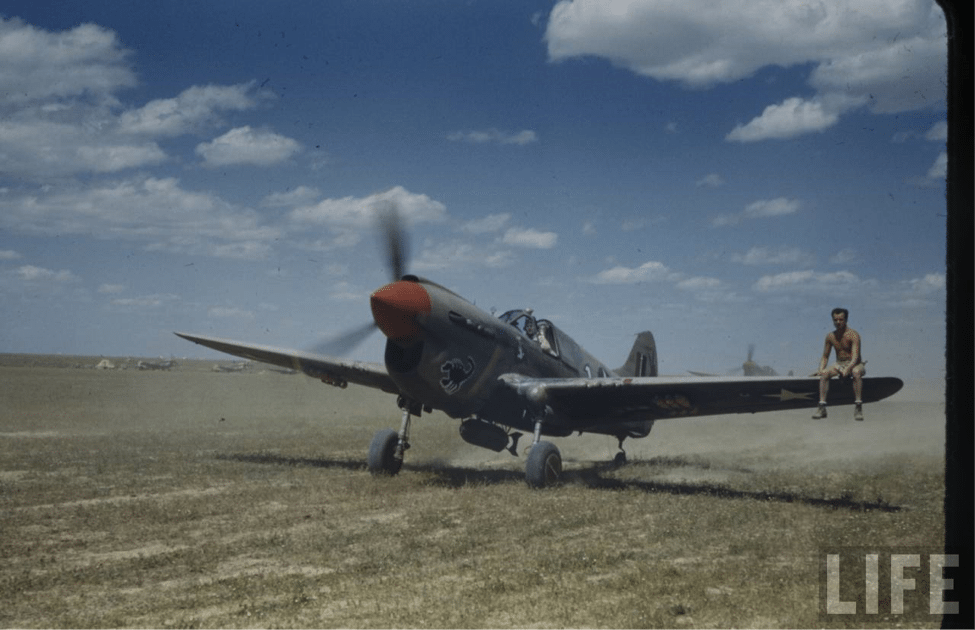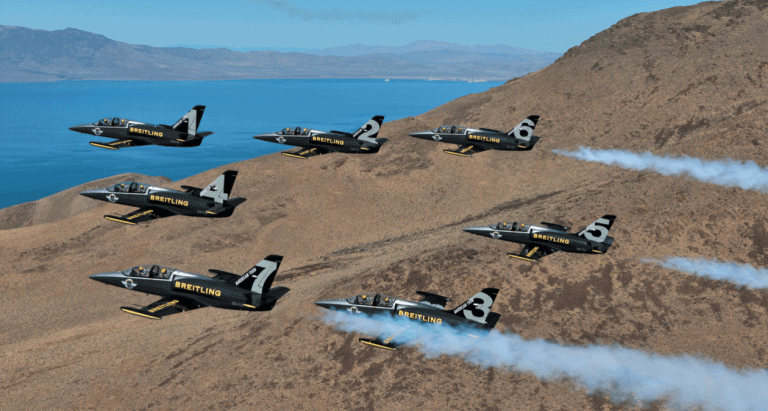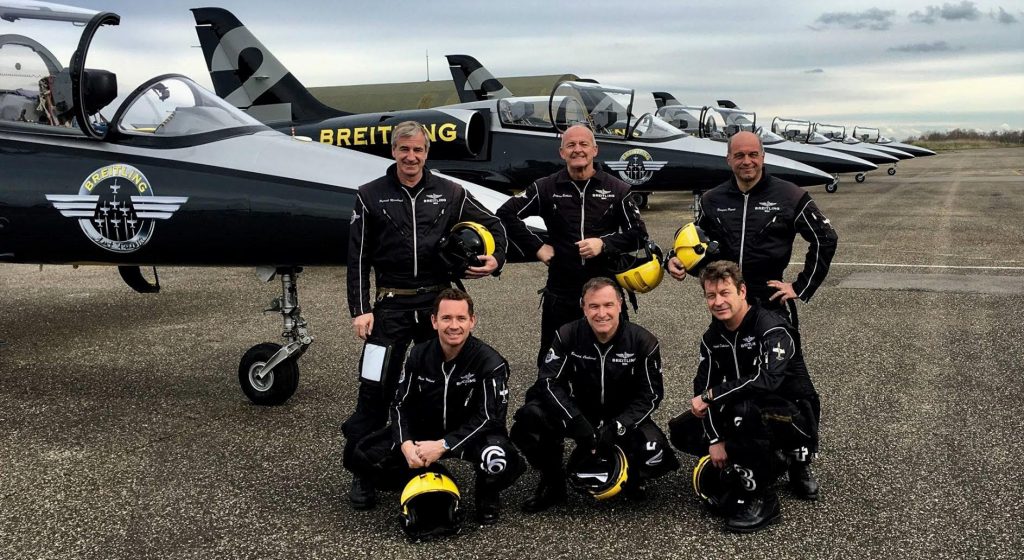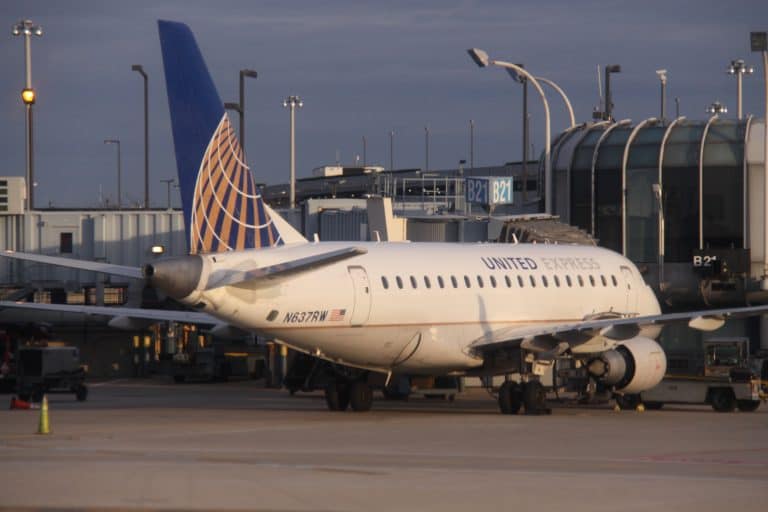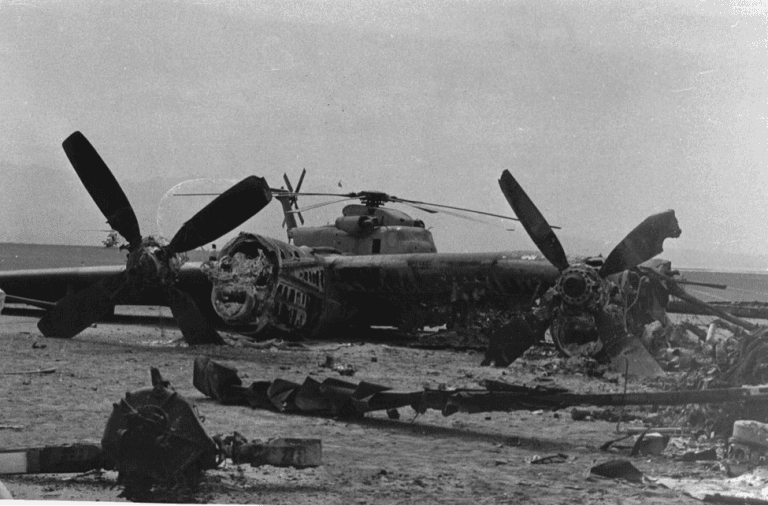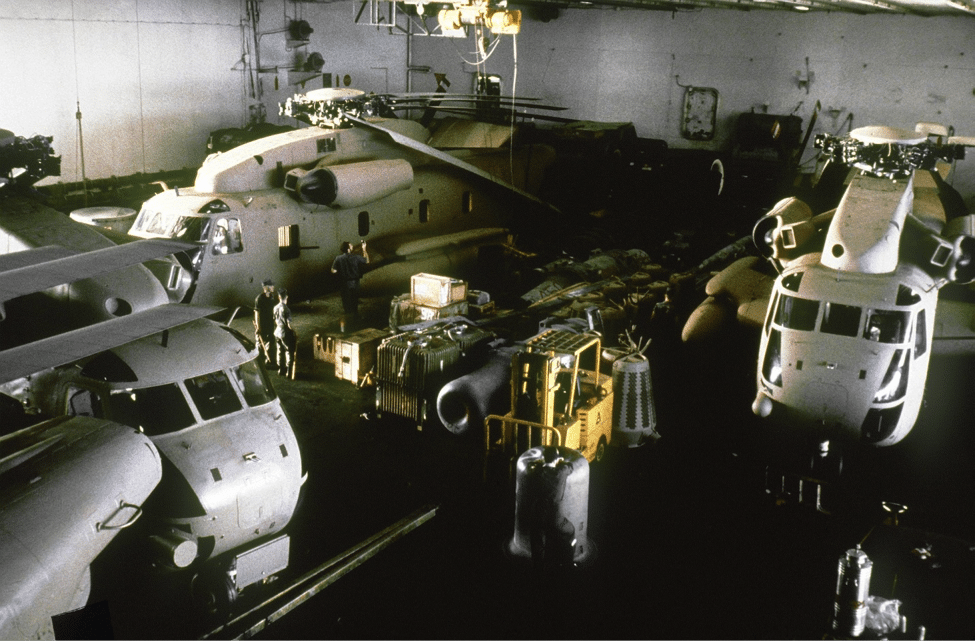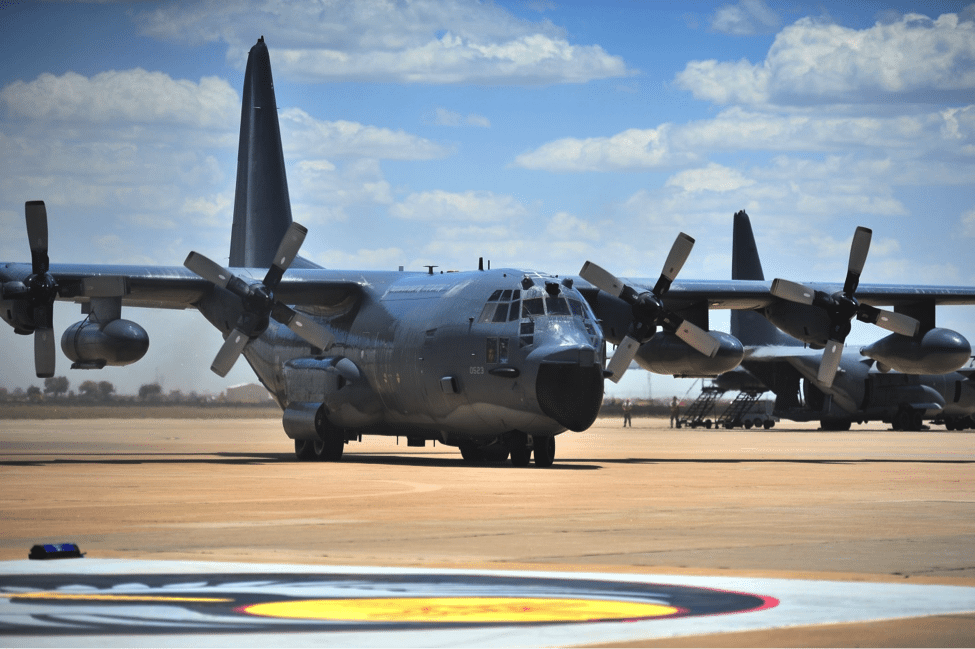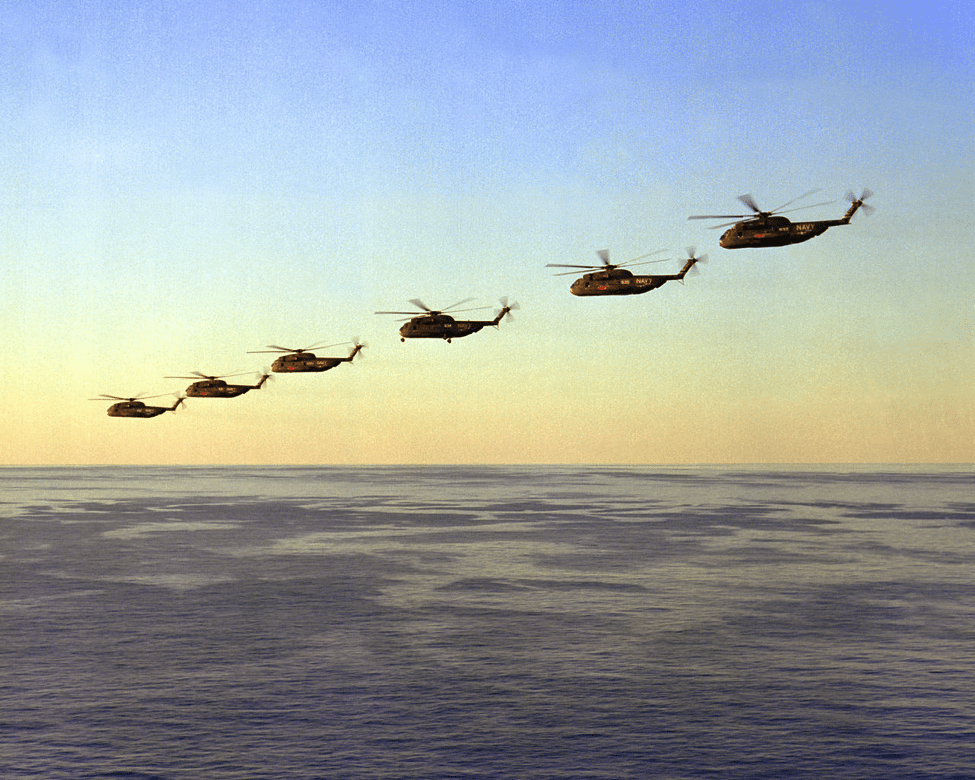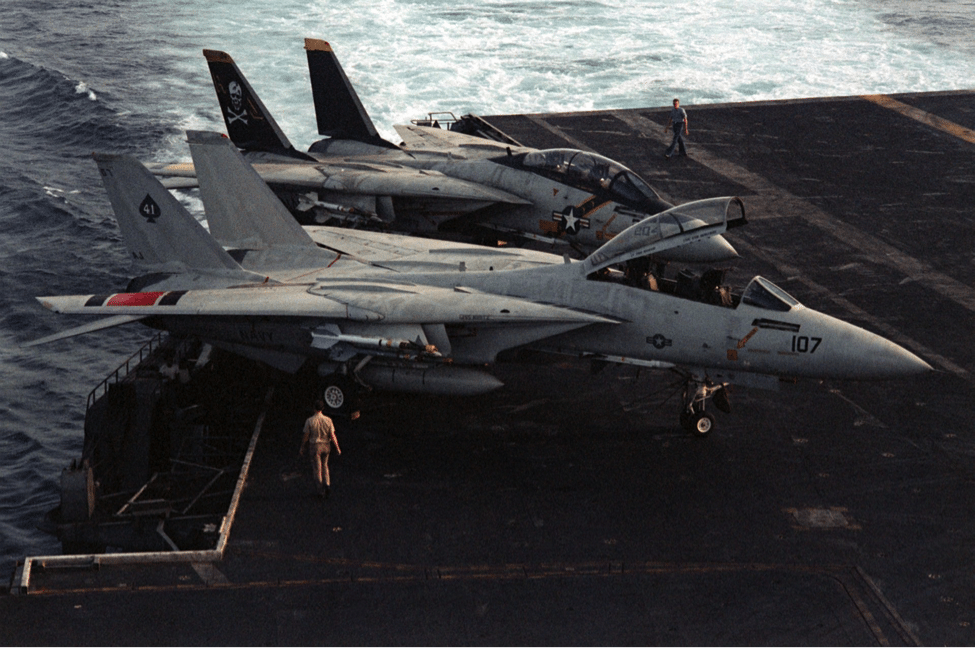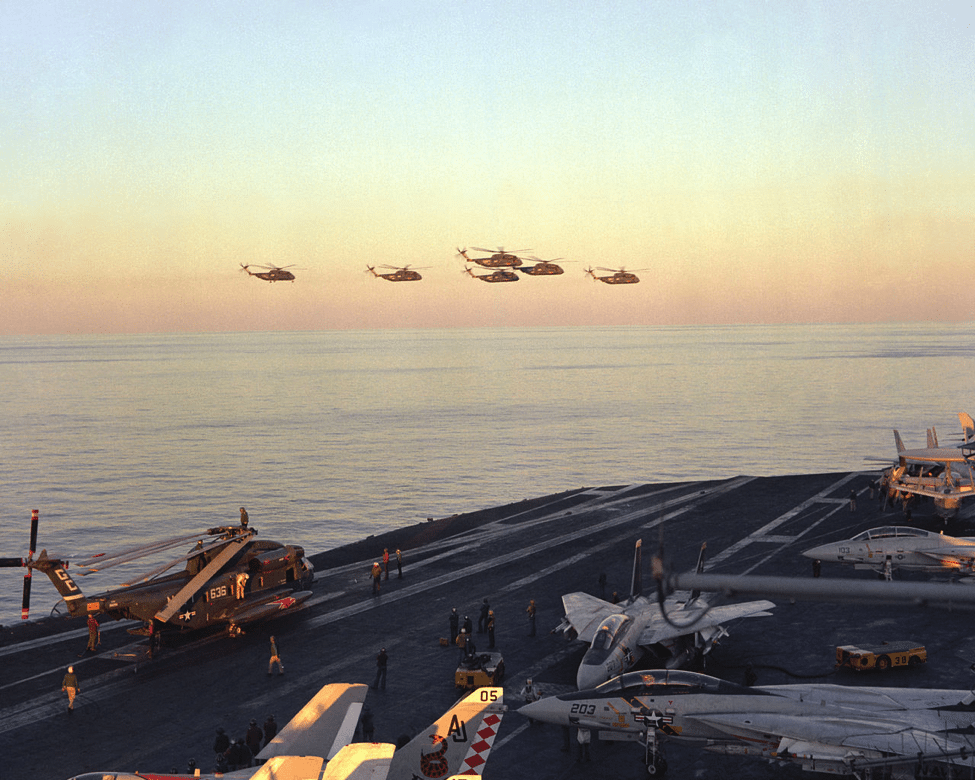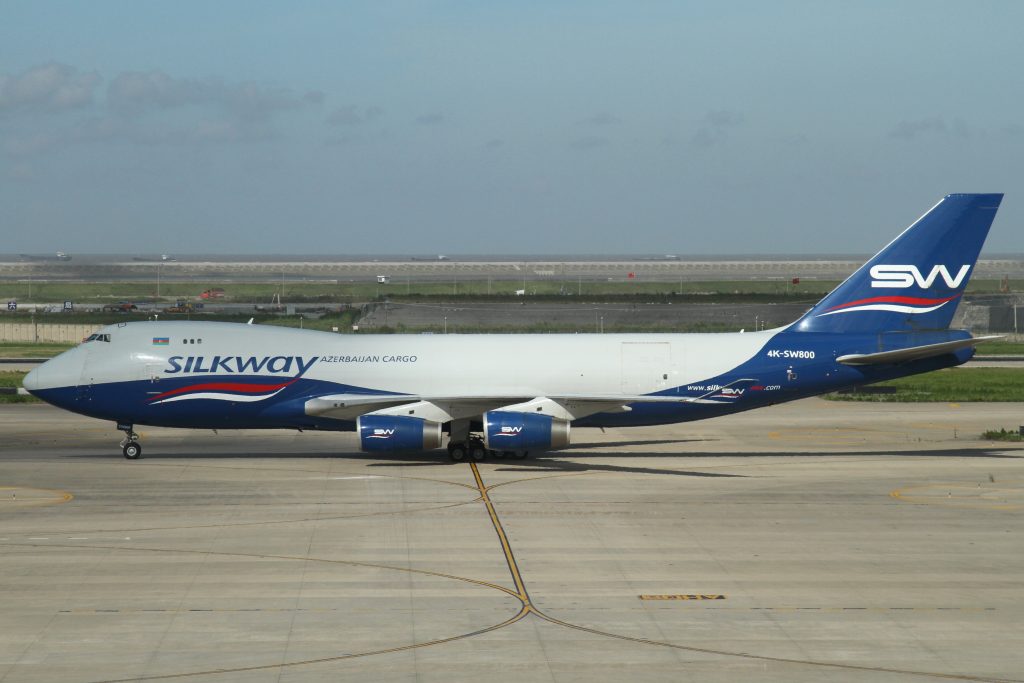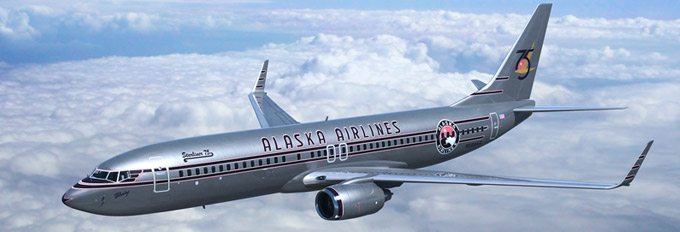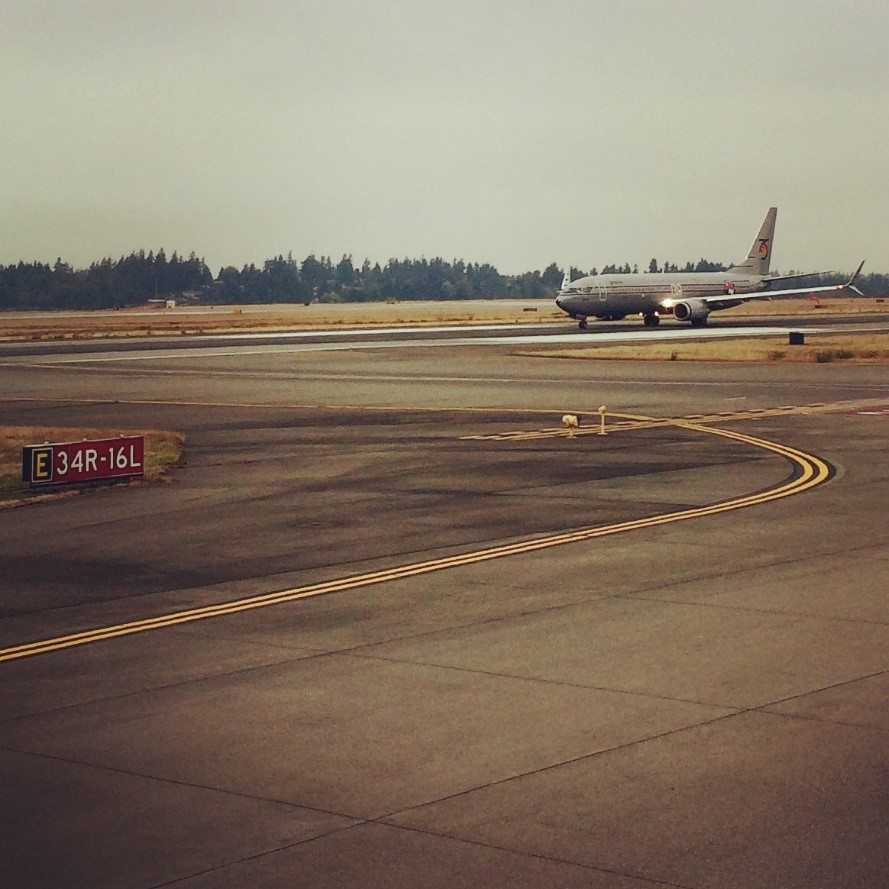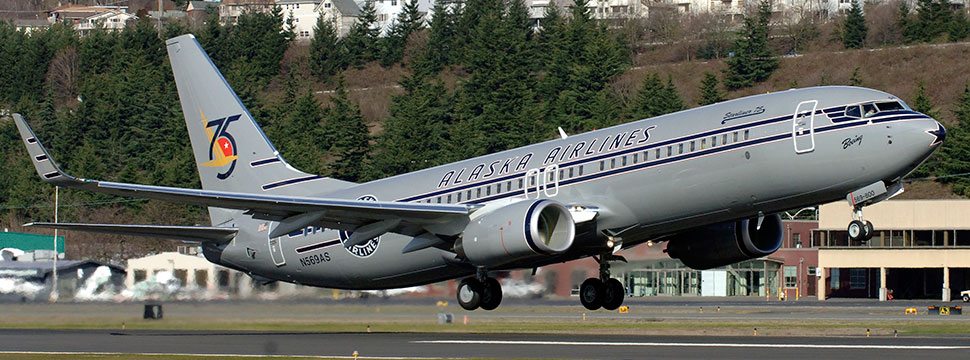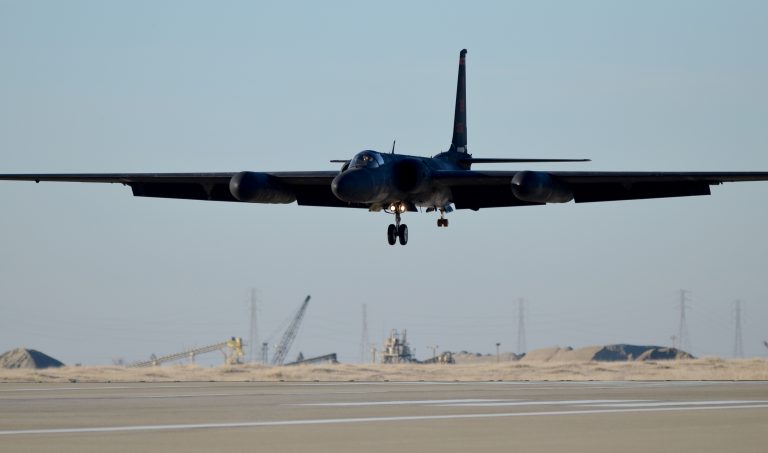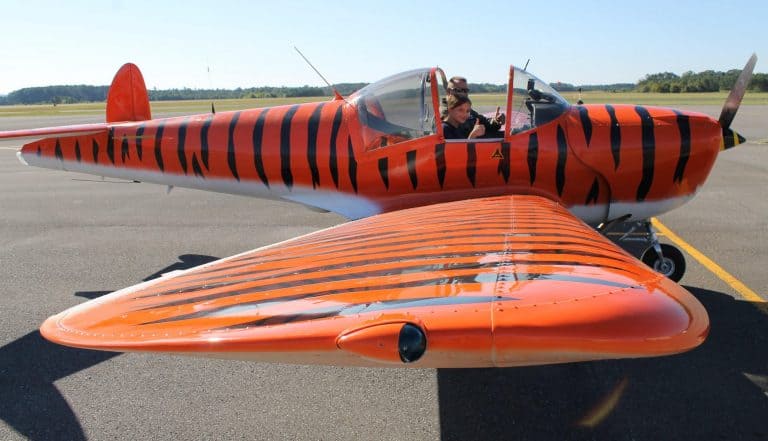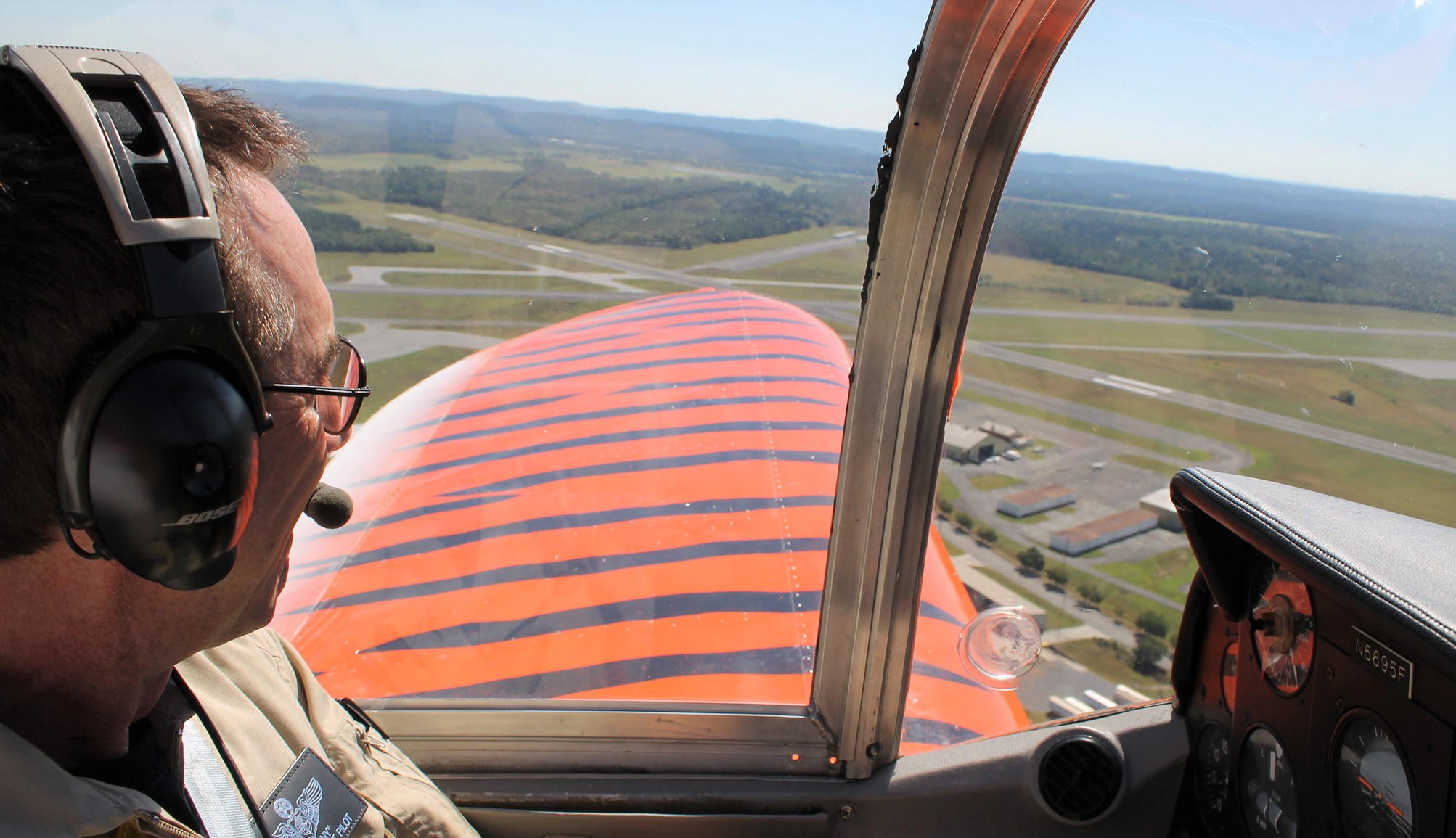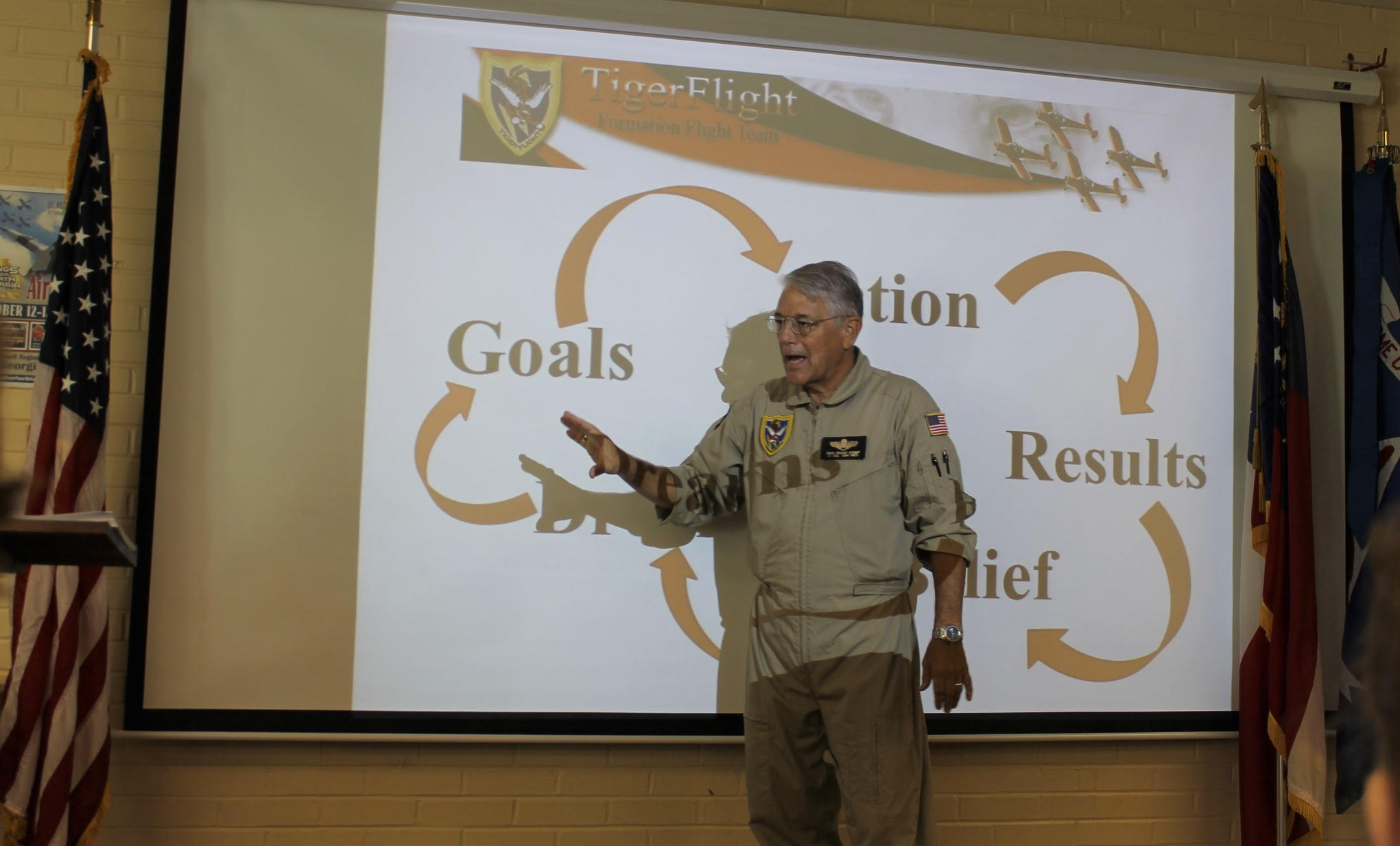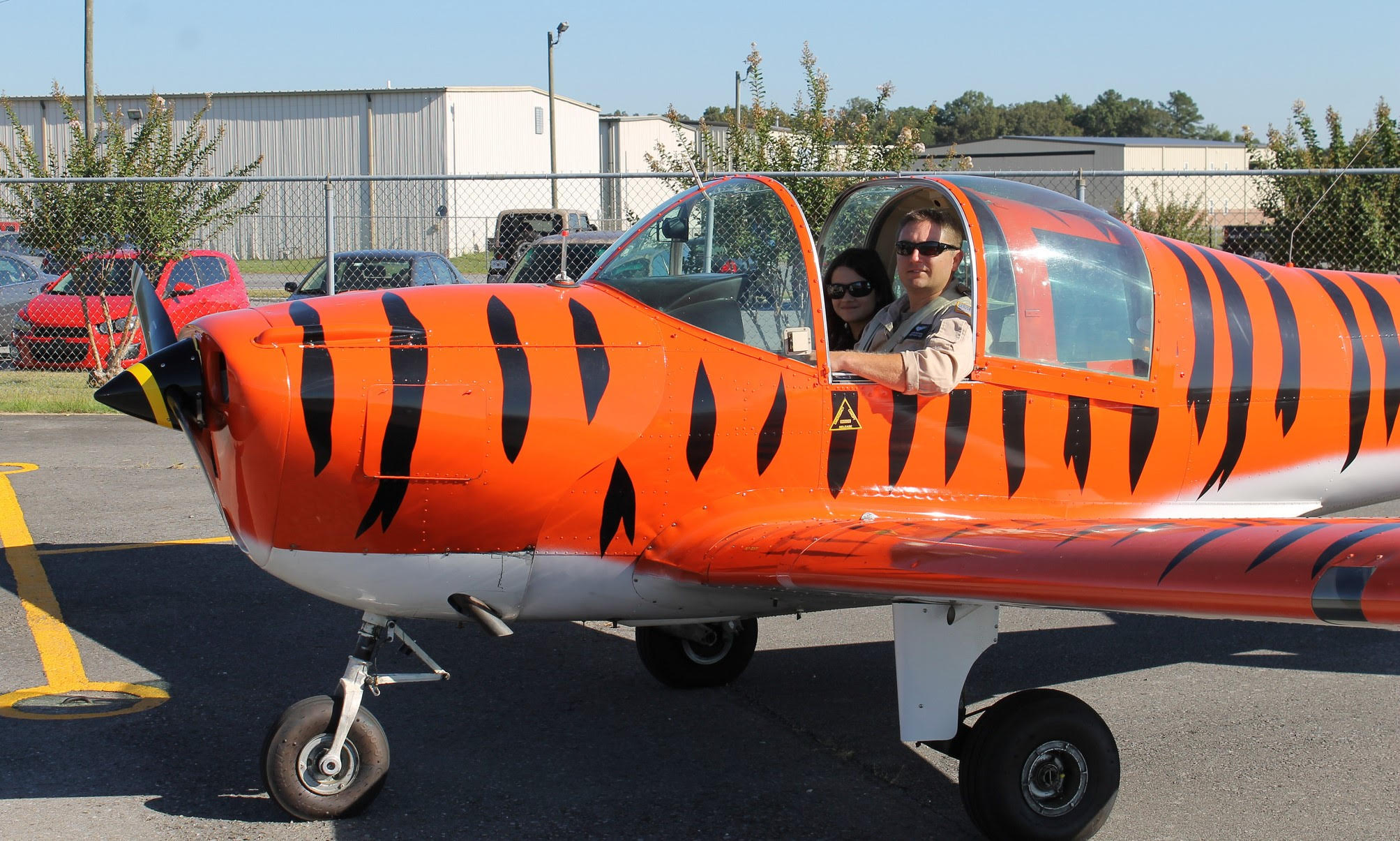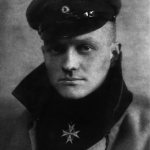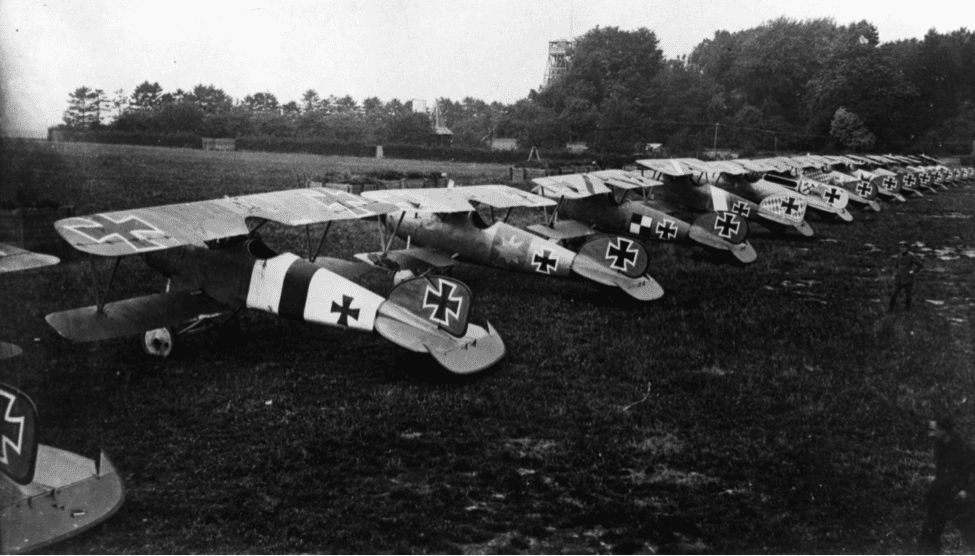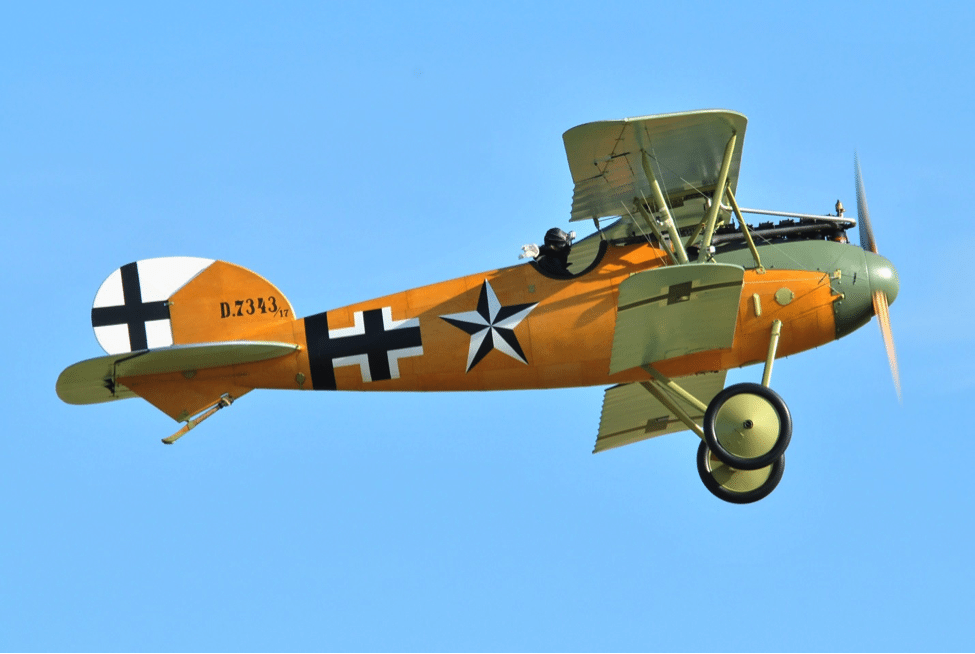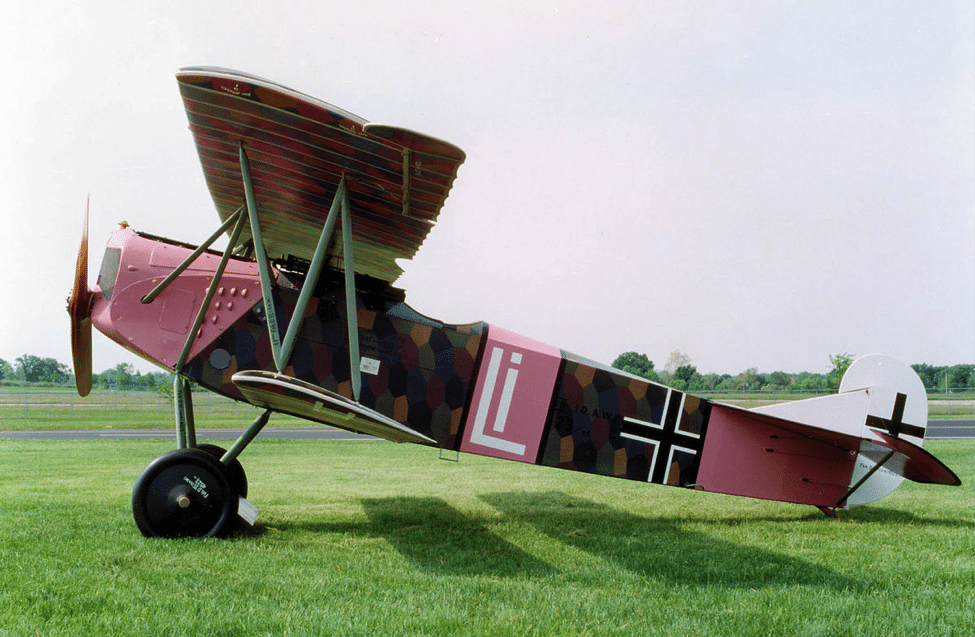An airline pilot separates emotion from facts and breaks down the case.
By now we’ve all heard of the events on United Express Flight 3411 wherein a passenger refused to deplane to accommodate some deadheading crew and was eventually dragged off the aircraft by Chicago law enforcement officers. The passenger, Dr. David Dao, suffered some injuries including two broken teeth and had to be treated in a hospital following his forceful removal from the aircraft.
As this is an aviation blog, and before I bury the lede too far, I’d like to look at this event from the aspect of what the pilots could or should have done. The answer is much less than you might expect given that the airplane was parked at the gate and that there were no safety concerns. In spite of what a few keyboard warriors hanging around my blog may assert, federal law concerning pilot authority is quite clear on the limits to a pilot’s responsibility and authority.
But before I dig into that, let’s review the story as it stands so far, shall we?
The incident was captured on various personal devices for our enjoyment and the internet predictably blew up on cue. Many hot takes were given, much outrage was expressed, and many gallons of ink were spilled as everyone who could form an opinion, valid or not, did so. Here are just a few.
Everyone has gotten in on the act
The entire sovereign nation of China, one of United’s largest destinations by customer count, wasted no time in ginning up the indignation sirens claiming that Dr. Dao’s shabby treatment was a result of racial animus against persons of Chinese descent. This had to be revised to accusations of a general anti-Asian bias when it was revealed that the good doctor is of Vietnamese extraction. (The incident was nothing of the sort, and it would be nice if racism wasn’t the knee-jerk go-to explanation for everything under the sun.)
Economists have weighed in on the economics of offering money to entice people to give up their seats. There’s a good reason that economics is called the dismal science, as my head hurts after reading about all the game theory that applies. Perhaps United should have just upped the ante of cash offered. Eventually someone would have taken the deal.
Legal eagles have offered advice concerning the fine print that is contained in the contract of carriage which all passengers agree to when purchasing a ticket. One aviation lawyer I found believes that the airline was justified in removing the doctor as his opinion is that no property right is created through the purchase of a ticket. Another lawyer blog believes otherwise stating that United did not correctly follow its own directives. In the end, it will come down to precedent, case law, and the legal interpretation of words such as “boarded” and “oversold”. The doctor has hired a competent lawyer and is planning on suing everyone in sight. My personal view is that while United may win the legal battle, it long ago lost the PR war.
From a law enforcement point of view, three officers from the Chicago Department of Aviation, were the ones who removed the doctor from the plane. The doctor resisted their efforts and in the process of this resistance hit his face on an armrest resulting in his injuries. At least one of the officers has been placed on leave for not following standard operating procedure (SOP). While I have no doubt that an investigation will determine whether SOP was followed or not, it seems to me that if a 69 year old man can’t be removed from an airplane without being bloodied then perhaps they were doing it wrong. On the other hand, resisting law enforcement is never a good idea.
Civil libertarians of course see this as one more road sign along the route to the coming police state. I’m not so sure that this incident is reflective of an improper use of law enforcement. After all, should you plant yourself on a couch at Macy’s at closing time and refuse to move, you will likely be escorted off the property by some form of law enforcement given enough time. United for its part has forsworn the future use of law enforcement to remove passengers. I think I can safely predict a new class of delay as passengers refuse to disembark for this reason or that and nothing gets done.
For some homespun humor and common sense about the incident we turn to Mike Rowe who points out that a simple appeal to reason would have quickly resolved the problem.
Lastly, many are pointing out that the good doctor himself has a somewhat shady past involving drugs and sex which cost him his medical license for a while. Even the doctor’s story as to why it was important for him not to be removed was not quite true. So what does this have to do with anything that happened on the airplane? Absolutely nothing. Nothing, that is, unless you are a lawyer trying to paint the doctor as a quick witted grifter who intentionally acted out in search of a pay out. It will be left to the lawyers, judges, and jurors to sort that one out.
Pilot’s Authority
The pilots of United were quick to point out that this incident actually took place on a Republic Airways owned and operated flight hoping to avoid association with the affair. That’s some facile reasoning as the airplanes are branded with the United brand and the Republic employees are clothed in United uniforms. But the pilots probably shouldn’t be so defensive. The pilots on that plane likely had zero input into any of the events that transpired. They may not even have known what was going on until the police arrived.
This of course brings us back to the topic of what the pilots could or should have done. There may have been a time in the distant past where pilots were expected to exercise authority over every aspect of the operation. Think back to, say, a Pan Am Model 314 making its way around the Pacific Rim in 1939. Back then the captain was the chief customer service agent and company representative. He had to be. There was no one else around.
Today things are different. Ticket agents, operations agents, boarding agents, customer service agents, ground operations supervisors, and the big kahuna, complaint resolution officials control nearly all aspects of airline customer service while the airplane is parked at the gate. They decide who goes on and who gets pulled off. The pilots do not.
Federal Aviation Regulations (FARs) are quite clear on this matter. Here’s the relevant text:
§91.3 Responsibility and authority of the pilot in command.
(a) The pilot in command of an aircraft is directly responsible for, and is the final authority as to, the operation of that aircraft.
(b) In an in-flight emergency requiring immediate action, the pilot in command may deviate from any rule of this part to the extent required to meet that emergency.
In case you were wondering, the term “operation of that aircraft” does not include who gets denied boarding while parked at the gate. Do pilots have any input into this process at all? Yes, but only from a safety or security point of view.
For instance, should a flight attendant inform me that a customer appears to be inebriated during boarding, it is my responsibility to make sure we don’t fly with an inebriated passenger, which is a violation of FARs. However I have been given zero training in recognizing the signs of inebriation. Perhaps the passenger has a medical condition or just took a pill to help with anxiety. I don’t have the slightest way to tell.
Fortunately, the airline has hired and trained individuals who do have the expertise to make such a call. In fact all airlines expect their hired and trained experts to handle such customer service issues. Any pilot who came charging out of the cockpit to throw a passenger off for anything other than a clear safety issue would quickly find himself in the chief pilot’s office making arrangements for an unpaid vacation or the target of a discrimination lawsuit or both.
In the case of a mis-boarded passenger as was the case here, pilots have little or no input. Oh sure, pilots can offer an opinion, but customer service issues are the purview of customer service agents. And once law enforcement arrives to remove a passenger at the direction of ground operations, pilots again have zero official input.
In Conclusion
United airlines unwittingly touched the third rail of customer dissatisfaction by becoming a lighting rod for an ocean of pent up frustration concerning airline passenger treatment (to mix metaphors). This frustration is no doubt heavily contributed to by the goons running the TSA, but it is the airlines’ problem to solve. All airlines should do themselves a big favor by using this unfortunate incident to take a good look in the mirror and to ask themselves why their customers are so ready to grab the pitchforks when it comes to customer service. Incidents like this don’t help.
